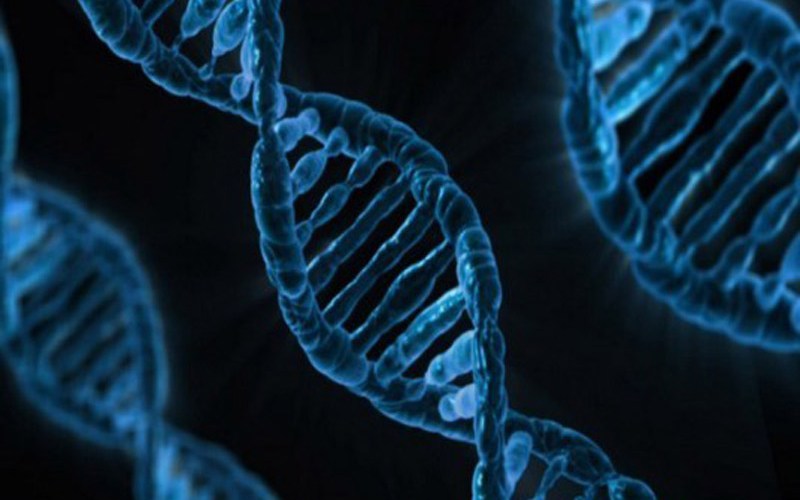London: Researchers have found that whether you store your fat around the trunk or in other parts of your body is highly influenced by genetic factors.
The study, published in the journal Nature Communications, also reported that this effect is present predominantly in women and to a much lower extent in men.
“We know that women and men tend to store fat differently – women have the ability to more easily store fat on the hips and legs, while men tend to accumulate fat around the abdomen to a higher extent,” said lead author Mathias Rask-Andersen from Uppsala University in Sweden.
“This has been attributed to the effects of sex hormones such as estrogen. But the molecular mechanisms that control this phenomenon are fairly unknown,” Rask-Andersen added.
For the study, the researchers measured how fat was distributed in nearly 360,000 voluntary participants. The participants gave blood samples for genotyping and the distribution of fat tissue was estimated using impedance measurements, i.e. measurements of electrical resistance when an electrical current is fed through the body.
In the study, millions of genetic variants across the genome were tested for association with distribution of fat to the arms, legs or trunk, and the research team identified nearly a hundred genes that affect distribution of adipose tissue to the different compartments of the human body.
The researchers also saw a high degree of heterogeneity between sexes.
The findings suggest that remodelling of the extracellular matrix is one of the mechanisms that generates differences in body fat distribution, the researchers said.
Fat stored in the trunk has previously been associated with increased disease risk. Men have a greater amount of abdominal fat than women and this may explain the increased prevalence of cardiovascular disease observed in males.
Epidemiological studies have even shown that the ability to store fat around the hips and legs gives women some protection against cardiovascular disease.
The result of the current study may therefore lead to the development of new interventions to reduce the risk of cardiovascular disease.
“The biological systems we highlight in our study have the potential to be used as points-of-intervention for new drugs that are aimed at improving the distribution of body fat and thereby reducing the risk of disease,” Mathias Rask-Andersen noted.
IANS
